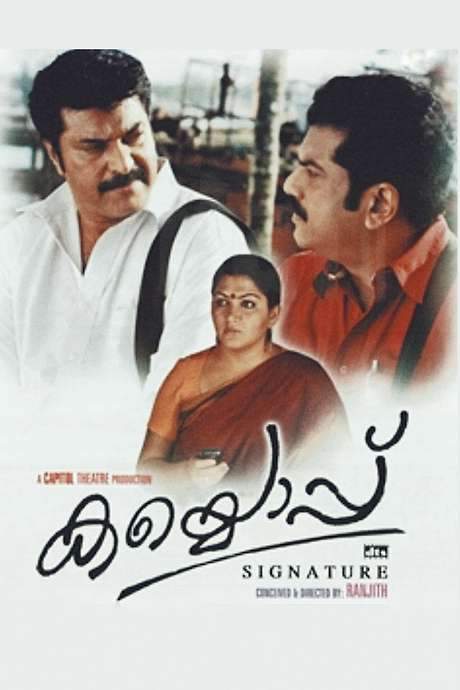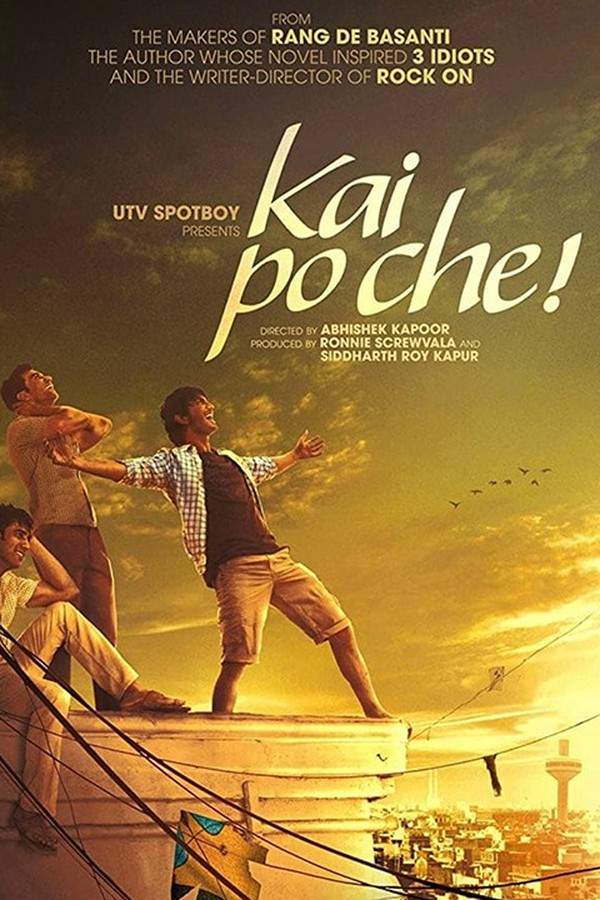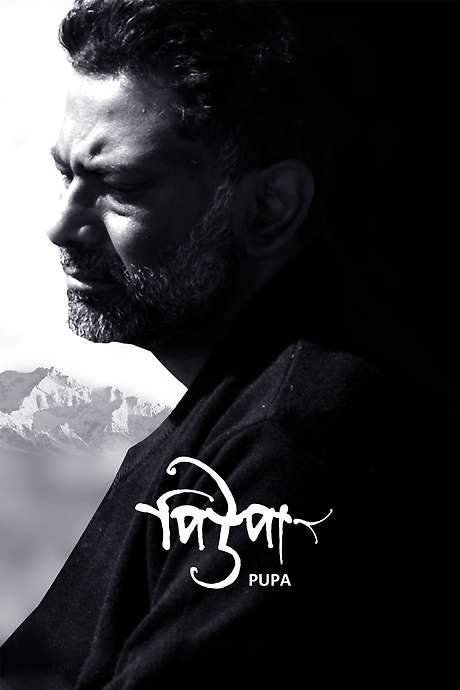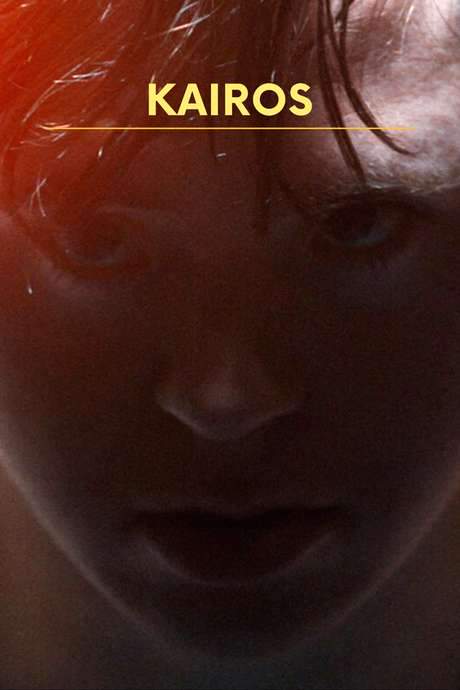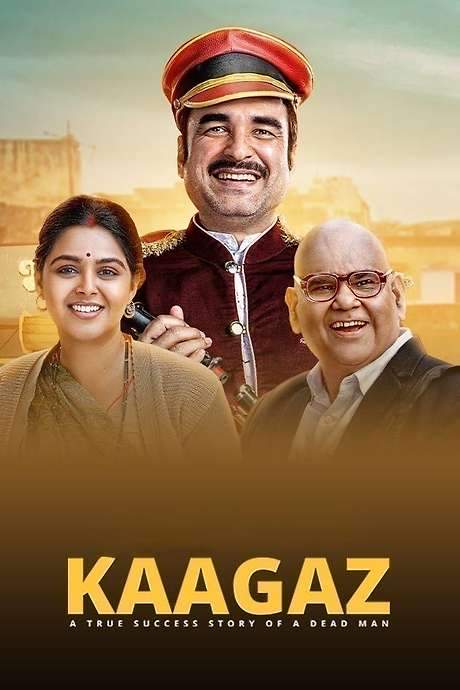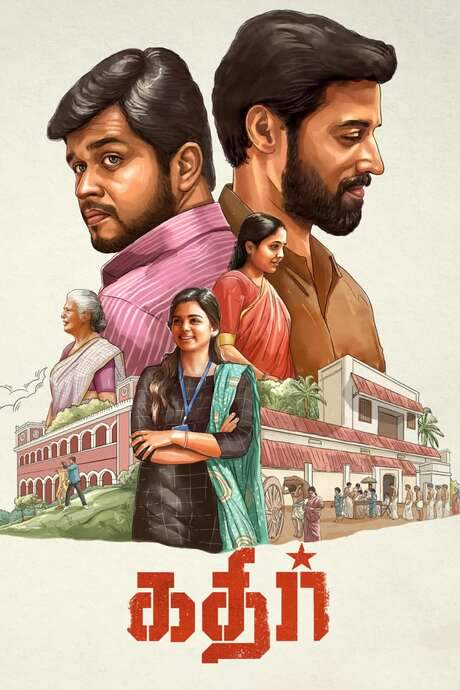Warning: spoilers below!
Haven’t seen Kaiyoppu yet? This summary contains major spoilers. Bookmark the page, watch the movie, and come back for the full breakdown. If you're ready, scroll on and relive the story!
Kaiyoppu (2007) – Full Plot Summary & Ending Explained
Read the complete plot breakdown of Kaiyoppu (2007), including all key story events, major twists, and the ending explained in detail. Discover what really happened—and what it all means.
Balachandran, Mammootty, is the quiet center of this story: an accountant at a fertilizer company who nurtures a fervent love for books and literature. He lives a solitary, disciplined life in a small one-room setup at a Kochi lodge, where the days slip by in rhythm with numbers and the occasional page turn. Despite his bachelor status and wall of self-imposed exile from the world, he pours his heart into a novel, a project that begins with promise but lingers under an invisible writing block. The manuscript is not simply pages and ink; it becomes a window into Balachandran’s inner world, a testament to a mind that favors reflection over noise, and a bridge to a life he quietly yearns to claim.
The tale takes a decisive turn when Shivadasan, Mukesh, a publisher with a keen eye for potential, encounters the early chapters of Balachandran’s work. His enthusiasm is more than professional; it’s almost redemptive, a belief that this novel could find a wider audience if Balachandran pushes through his block. Shivadasan’s confidence doesn’t just promise publication; it injects momentum into Balachandran’s days. He becomes more than a writer in waiting—he inches toward becoming a published voice, a step that promises meaning beyond the pages and the solitude.
Into this already delicate balance enters Fathima, a young woman battling a heart ailment. Balachandran has been supporting her financially for some time, though they have never met in person. He asks Shivadasan to extend money to Fathima through a formal route, a gesture that reveals Balachandran’s capacity for care beyond his own walls. This act of quiet generosity sits beside his literary ambition, underscoring a theme that threads through the story: the intertwining of responsibility, tenderness, and resilience in the face of life’s pressures.
Then there is Padma, Balachandran’s former college girlfriend who reappears in a life stirred by old emotions and unresolved possibilities. Their conversations stretch long over the phone, reviving shared memories and the ache of what might have been. Padma’s world contrasts with Balachandran’s—she is connected to a different path, having married a Mumbai businessman and now living apart from him. Her re-entry adds a new light to Balachandran’s existence, reigniting questions about love, fortune, and the paths not taken. When Padma’s name surfaces, it’s a reminder that the heart’s map is often more intricate than the most carefully plotted plot lines.
As Balachandran finally completes his novel, the real world presses in with urgent demands. Shivadasan is poised to publish, and Balachandran makes a crucial decision: he plans to travel to Kozhikode, his hometown, both to arrange Fathima’s surgery and to reconnect with Padma. In a bid to secure the funds he needs, he sells off his land, a sacrifice that exposes his willingness to stake everything for a chance at healing and connection. The stakes feel personal and immediate, and the tension between duty, love, and art sharpens with every passing moment.
Yet fate—a force the film treats with a measured gravity—throws a sudden, jarring obstacle into Balachandran’s carefully laid plans. Feroz Babu, the lodge owner, is arrested on terrorism charges. The crime, as it turns out, rests on suspicion rather than proof, and the charged climate around him is heavily influenced by his Muslim identity. Balachandran’s attempt to seek answers at the police station ends up drawing the inspector’s scorn, who mocks him for favoring a Muslim man and suggests he is too soft on supposed terrorists. The encounter forces Balachandran to confront a harsher reality: a society quick to judge based on fear, and a system that can mistake compassion for complicity. His response is visceral and human—an outpouring of emotion that underscores the moral stakes of the moment. The tension between Balachandran’s empathy and the police’s suspicion becomes a crucible for the story’s themes: the price of generosity, the fragility of civil liberties, and the everyday costs of prejudice.
In a pivotal turn, a senior officer arrives and makes a decisive choice—to release Feroz Babu along with Balachandran. The two men, bound by a shared misjudgment and the weight of an unjust system, end up on a night bus bound for Kozhikode, balancing a bag of cash with Balachandran’s completed manuscript—a literal delivery of both money and art into a world that sorely needs both. What follows is a cruel sweep of tragedy: the morning after, a bomb explodes on the bus, and Balachandran is one of the lives claimed by violence and fear.
The film uses this sequence not merely to chart a tragedy, but to reflect on how art, compassion, and the quiet acts of love sustain people in the face of injustice. Balachandran’s devotion to books and his willingness to help others—whether through money, emotional support, or the promise of publication—form the emotional heart of the story. His life, though cut short, is presented with a gentle dignity: a man who chose to care, to write, and to dream, even in a world that often rewards cynicism over empathy.
In the end, the narrative leaves us with a somber meditation on the cost of fear and the courage of ordinary kindness. It asks not for sensational victories but for the quiet resilience of those who choose to remain humane when the landscape around them grows hostile. Balachandran’s legacy—captured in a completed manuscript and the memory of a life given to others—lingers as a testament to literature’s power to illuminate, challenge, and sustain even as tragedy unfolds.
Last Updated: October 09, 2025 at 16:27
Unlock the Full Story of Kaiyoppu
Don't stop at just watching — explore Kaiyoppu in full detail. From the complete plot summary and scene-by-scene timeline to character breakdowns, thematic analysis, and a deep dive into the ending — every page helps you truly understand what Kaiyoppu is all about. Plus, discover what's next after the movie.
Kaiyoppu Timeline
Track the full timeline of Kaiyoppu with every major event arranged chronologically. Perfect for decoding non-linear storytelling, flashbacks, or parallel narratives with a clear scene-by-scene breakdown.

Characters, Settings & Themes in Kaiyoppu
Discover the characters, locations, and core themes that shape Kaiyoppu. Get insights into symbolic elements, setting significance, and deeper narrative meaning — ideal for thematic analysis and movie breakdowns.

Similar Movies to Kaiyoppu
Discover movies like Kaiyoppu that share similar genres, themes, and storytelling elements. Whether you’re drawn to the atmosphere, character arcs, or plot structure, these curated recommendations will help you explore more films you’ll love.
Explore More About Movie Kaiyoppu
Kaiyoppu (2007) Scene-by-Scene Movie Timeline
Kaiyoppu (2007) Movie Characters, Themes & Settings
Kaiyoppu (2007) Spoiler-Free Summary & Key Flow
Movies Like Kaiyoppu – Similar Titles You’ll Enjoy
Kai po che! (2013) Story Summary & Characters
Pupa (2018) Spoiler-Packed Plot Recap
Kairos (2019) Ending Explained & Film Insights
Life Mein Kabhie Kabhiee (2007) Spoiler-Packed Plot Recap
Kaakki Sattai (1985) Film Overview & Timeline
Kathakku Pinnil (1987) Full Movie Breakdown
Kaagaz (2021) Plot Summary & Ending Explained
Kathir (2022) Full Summary & Key Details
Kabhi Kabhie (1976) Full Summary & Key Details
Kaadu (1973) Story Summary & Characters
Vive L’Amour (1994) Complete Plot Breakdown
Pyaasa (1957) Complete Plot Breakdown
Kali Jotta (2023) Complete Plot Breakdown
Kaagaz Ke Phool (1959) Detailed Story Recap
Kaiyum Kalavum (1000) Ending Explained & Film Insights
